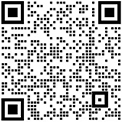MPO fiber patch cords are composed of MPO connectors and fiber optic cables. The connector types are differentiated based on various factors specified by IEC 61754-7, including core count, male or female connectors, polarity, and polishing type (PC or APC). So, what are the polarity types of MPO/MTP? And, what do male and female connectors refer to?
With the increasing demand for high-speed, high-capacity optical communication systems, MTP/MPO fiber connectors and patch cords have become an ideal choice for meeting the high-density wiring requirements of data centers. Their advantages include a high core count, small form factor, and high transmission rates, effectively addressing the growing communication needs.
MPO fiber patch cords are a combination of MPO connectors and fiber optic cables. The connector types are categorized according to the IEC 61754-7 standard, considering multiple factors such as core count (Array Number), male or female connectors, polarity (Key), and polishing type (PC or APC).
1. How many cores are there in MPO connector patch cords?
For factory-terminated assemblies of MPO connectors, they can accommodate 6 to 144 optical fibers, with common configurations being 12-core and 24-core MPO connectors. According to the IEC-61754-7 and EIA/TIA-604-5 (FOCIS 5) specification standards, 12-core optical fibers are typically arranged in a single row, supporting one or multiple rows of fibers within the same MPO connector. Based on the number of cores arranged in the connector, it can be classified as single-row (12 cores) or multi-row (24 cores or more). In 40G MPO-MPO fiber patch cords, the commonly used MPO multimode insert has 12 cores, while in 100G MPO-MPO fiber patch cords, a 24-core MPO insert is typically employed. There is also a 16-fiber single-row array type available in the market, which can be configured into multiple rows to achieve 32 cores or more.

2. Male and Female Connectors of MPO Connectors
The composition of an MPO fiber optic connector includes optical fibers, sheath, coupling components, metal ring, pins, and dust caps, among other components. The pins are further divided into male and female forms; the male connector has two pins, while the female connector does not have pins. The connection between MPO connectors relies on the precise alignment of these pins, requiring that when connecting two MPO connectors, they must be configured as one male and one female.


3. Classification of MPO Connector Polarities
Type A (Straight-Through): The fiber cores at both ends of the patch cord are arranged in the same order, meaning that fiber 1 at one end corresponds to fiber 1 at the other end, and fiber 12 at one end corresponds to fiber 12 at the other end. The orientation of the keys at both ends is opposite, where 'key up' at one end corresponds to 'key down' at the other end.


Type B (Cross-Type): The fiber cores at both ends of the patch cord are arranged in opposite order, meaning that fiber 1 at one end corresponds to fiber 12 at the other end, and fiber 12 at one end corresponds to fiber 1 at the other end. The orientation of the keys at both ends is the same, where 'key up' at one end corresponds to 'key up' at the other end, and 'key down' corresponds to 'key down.'

Type C (Pairwise Cross-Type): In a Type C MPO patch cord, adjacent pairs of fiber cores are crossed, meaning that fiber 1 at one end corresponds to fiber 2 at the other end, and fiber 12 at one end corresponds to fiber 11 at the other end. The orientation of the keys at both ends is also opposite, where 'key up' at one end corresponds to 'key down' at the other end.

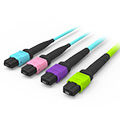
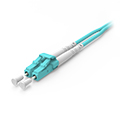
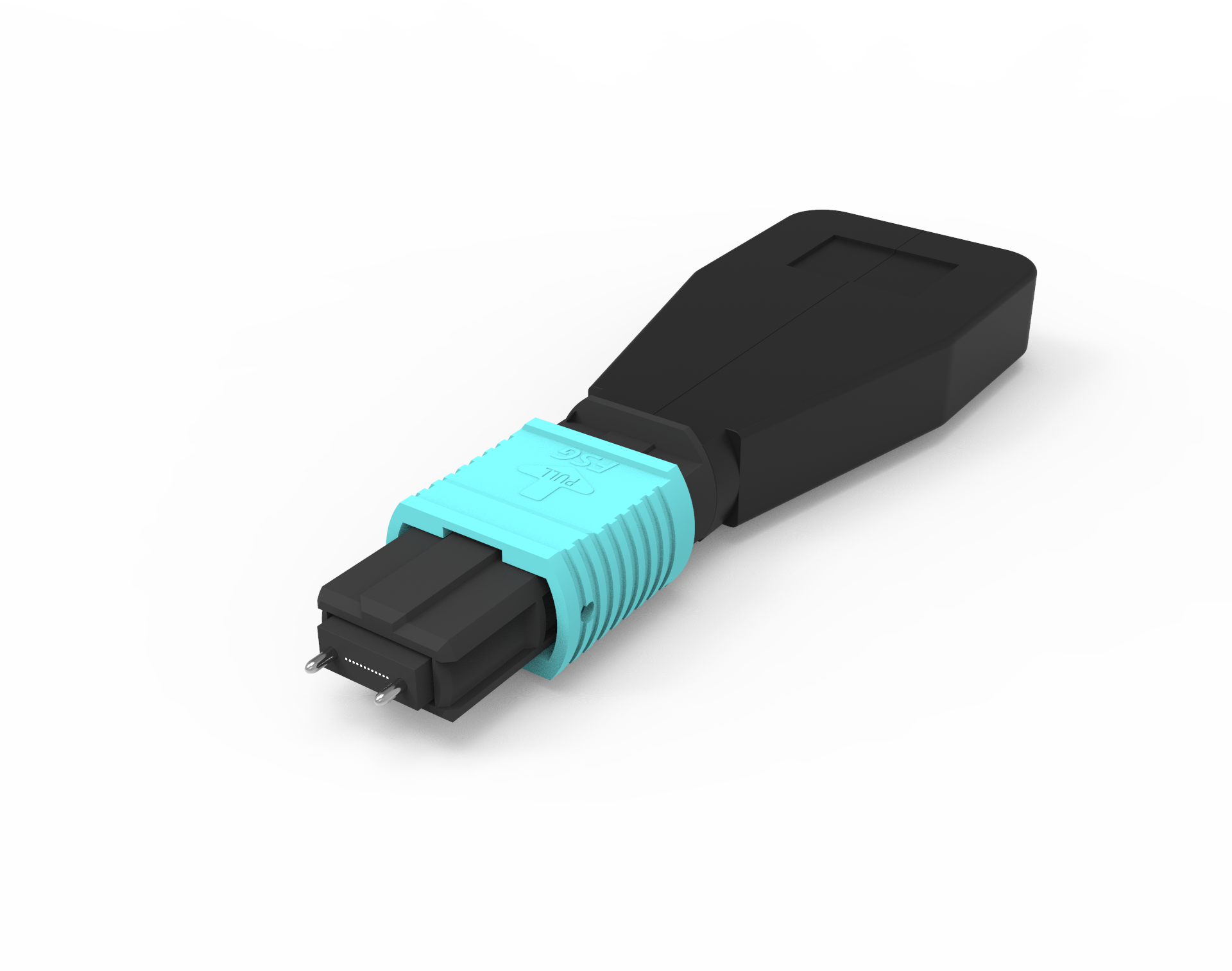
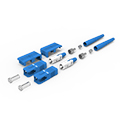
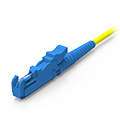
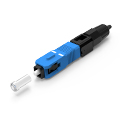
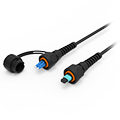
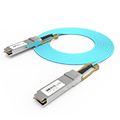
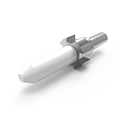
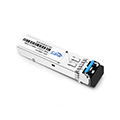
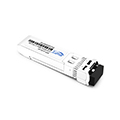
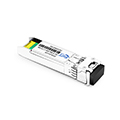
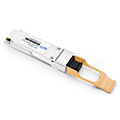
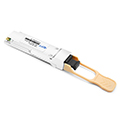

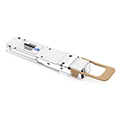
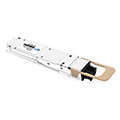
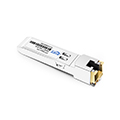
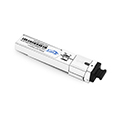
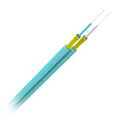
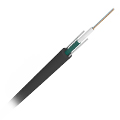
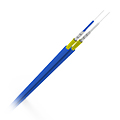
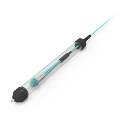
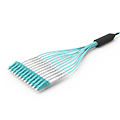
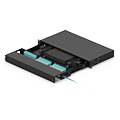
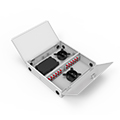
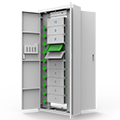
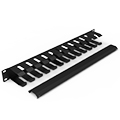
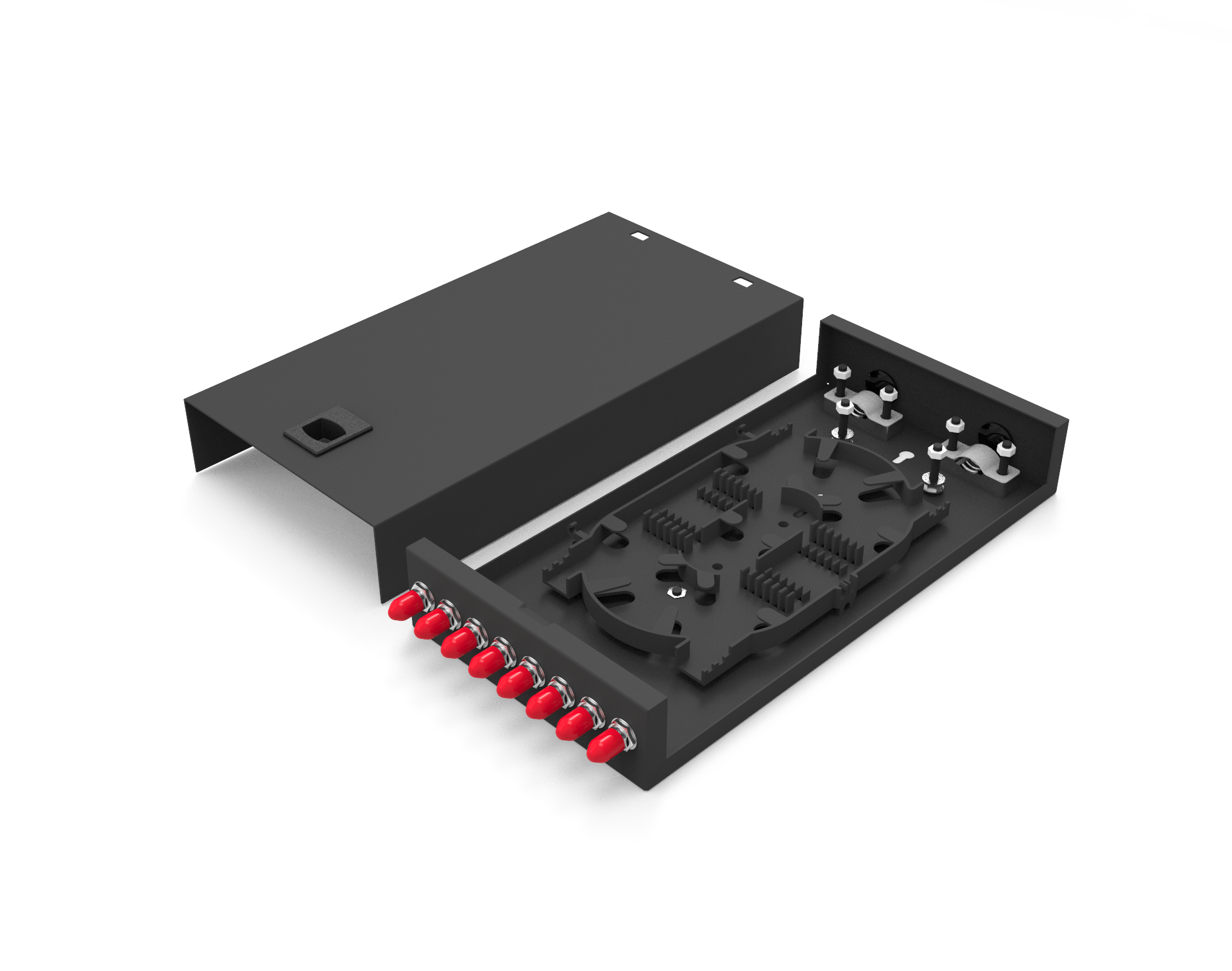
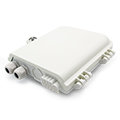
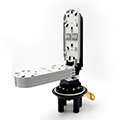
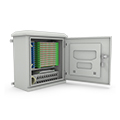
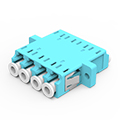
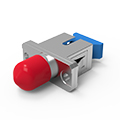
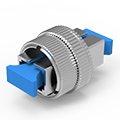
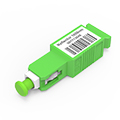
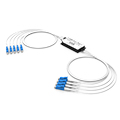
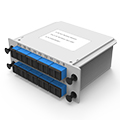
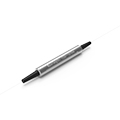
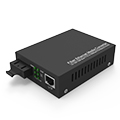
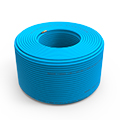
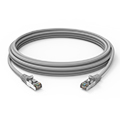
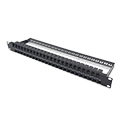
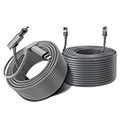
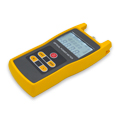
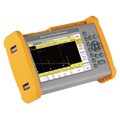
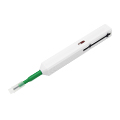
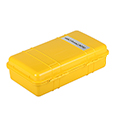
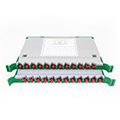
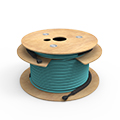



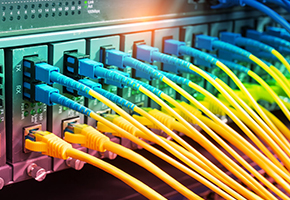


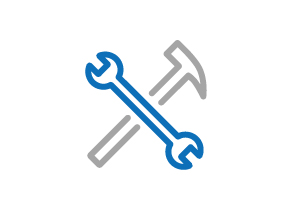
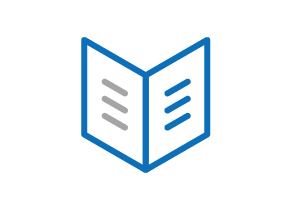
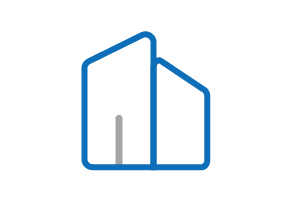









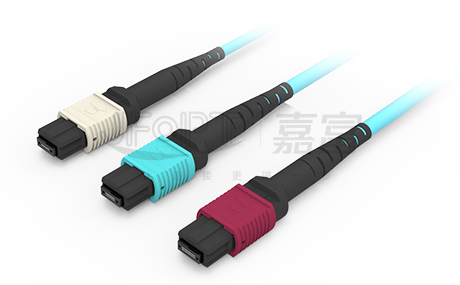
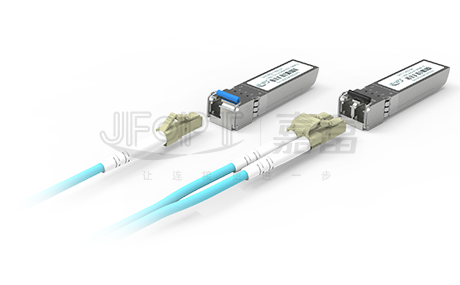
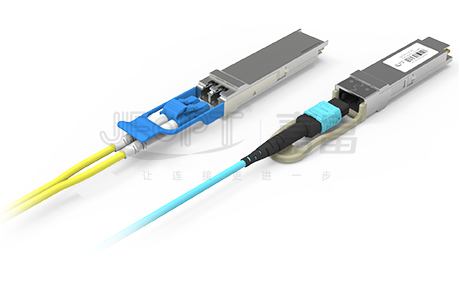
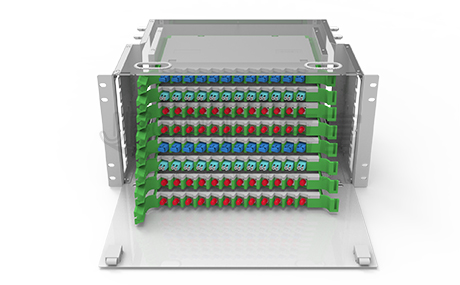
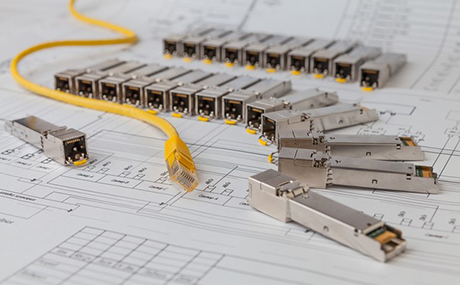
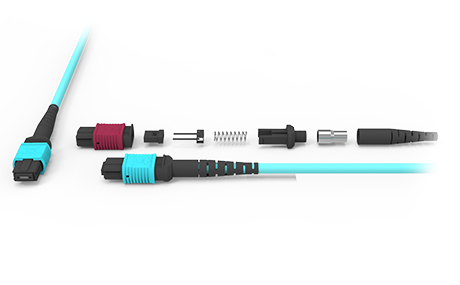
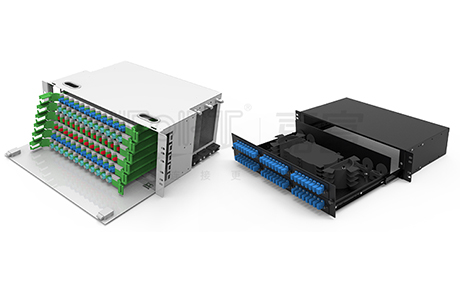
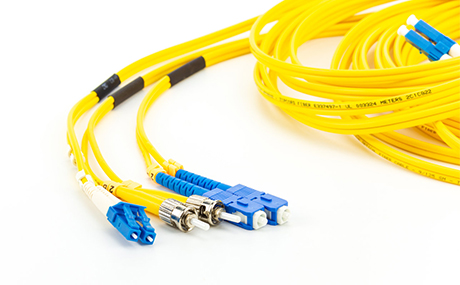
 Ann
Ann